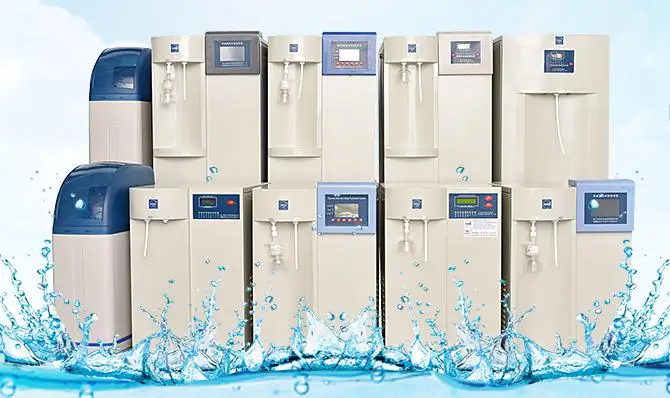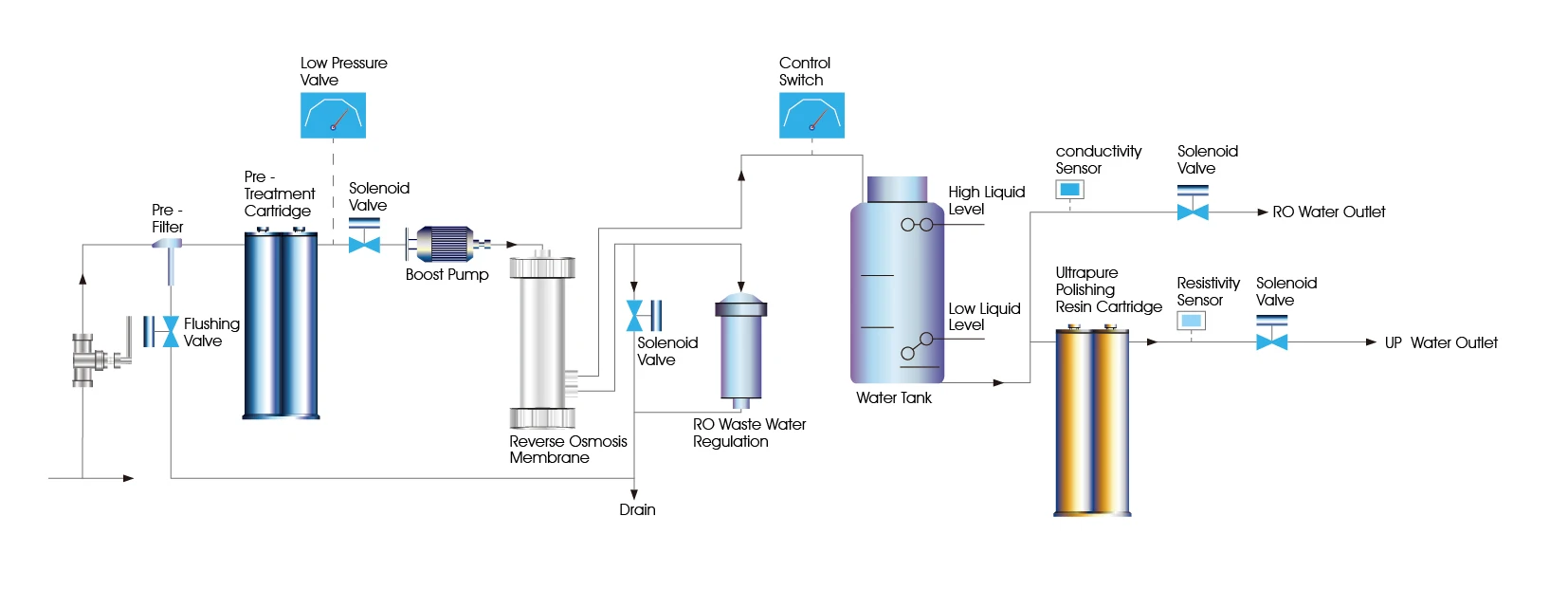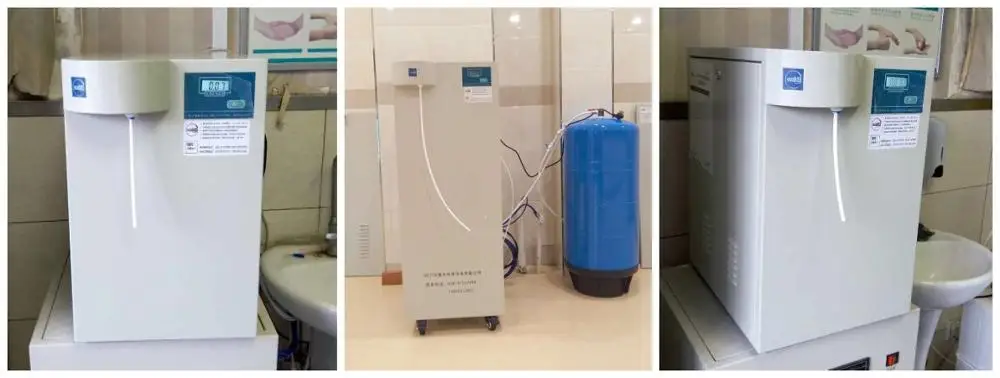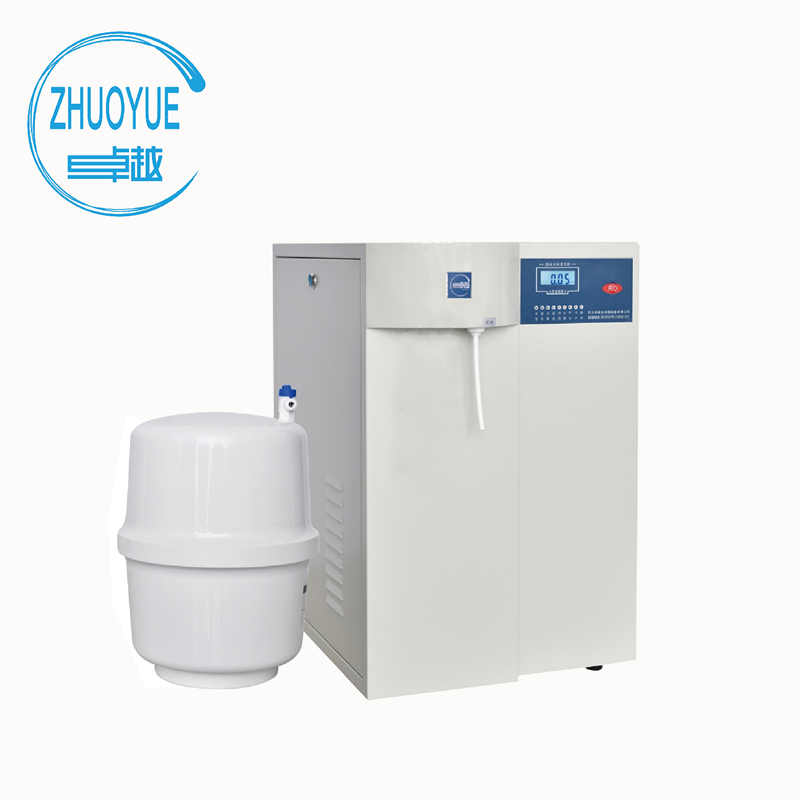

Typical Features of High Purity Water System:
1. Water Quality on-line monitoring; accurate and intuitive LCD panel digital display;
2. Polyethylene (PE) and polyacetal (POM) made pressure tank avoids secondary pollution;
3. Automatic water production and storage;
4. Produce RO pure water and UP ultra-pure water.
5. System flushing extends life span of reverse osmosis membrane
6. Pressure alarm display.
7. Automatic water quality alarm.
Working Conditions of High Purity Water System:
Feed water have certain requirements. Feed water quality and environmental changes affect system’s capacity. Failure to meet the requirements of feed water may result in contamination and damage to membrane components.
Source water : city tap water or groundwater
Minimum water supply pressure: 0.1-0.5MPa (pressure at minimum feed water flow rate.)
Water temperature: 5 ~ 35 ℃
PH range: 6 ~ 9
Solubility Total solids: TDS ≤ 200 mg / L (ppm)
Residual chlorine: ≤0.1mg / L (ppm)
Total iron: ≤0.1 mg / L (ppm)
Manganese: ≤0.5 mg / L (ppm)
Co2: <30 mg / L (ppm)
SDI: <5 mg / L (ppm)
Note: TDS >350mg / L ,the optional water softener should be taken into consideration.
Technical Flow of Lab RO Water Purifier:
 The technology process is divided into source water pretreatment system,reverse osmosis system and ultra-pure system.
The technology process is divided into source water pretreatment system,reverse osmosis system and ultra-pure system.
1. Source water pretreatment system: PP fiber filter + AC filter + Softener
2. Reverse osmosis system: It has high removal rate more than 99% for high valent ions, colloids, bacteria and organic matter (including endotoxin) with molecular weight greater than 300Dalton.
3. Mode ZYPURE-II Ultra pure system: Ion exchange resin using H + exchange cation out the water in the filter ,using OH- exchange anions out the water , the replaced H + and OH- combined to produce H2O, ultra-purified column filling the United States Dow UPW-450 Ultra-pure water for nuclear grade resin, the water resistance of up to 8-10 MΩ.cm.
Installation picture Lab RO Water Purifier: 






